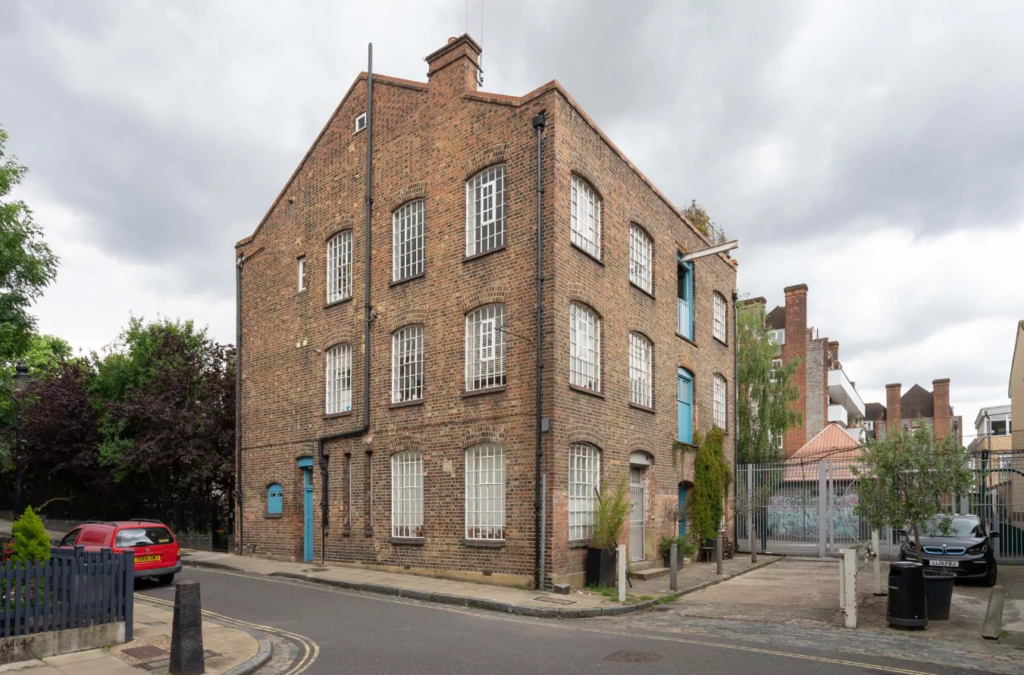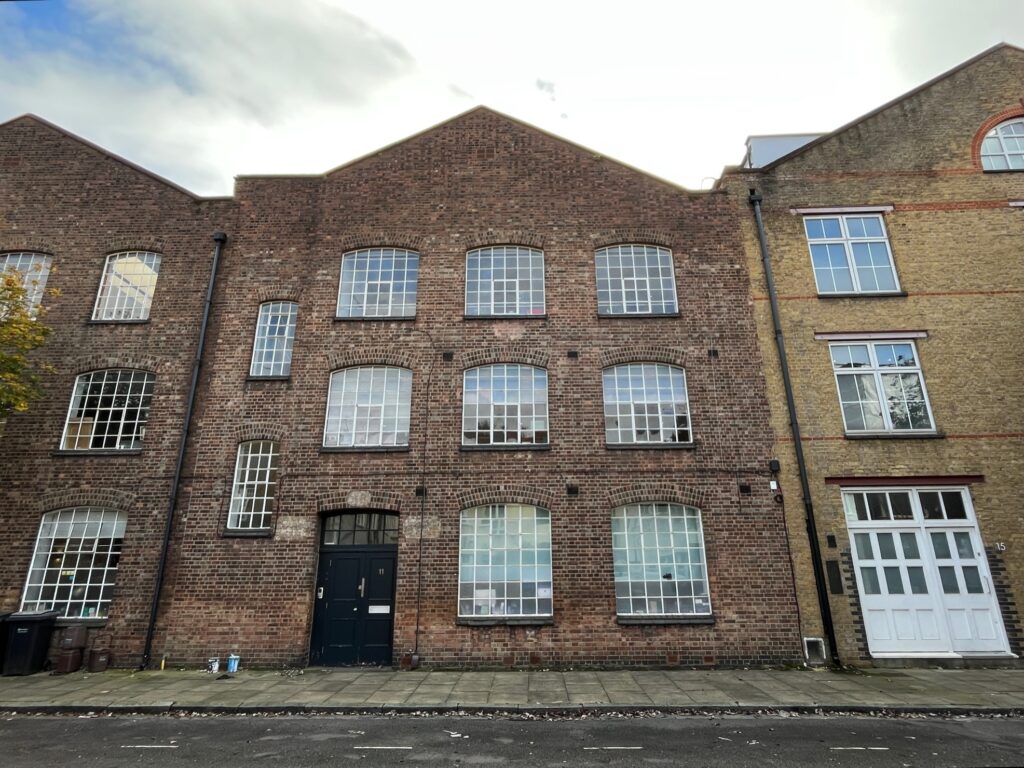It’s an oft-told tale that London’s piano industry was based in Kentish Town (read more on that here), but not so many folk know about this claim to fame: it was once home to the most famous taxidermists in the world.
Rhinos, aardvarks, tigers, monkeys, elephant waste paper baskets, musical boxes made from tortoise shells – they were all stuffed and constructed in workshops in an unassuming backwater, Leighton Place. Tucked behind the Grade II listed houses on Leighton Road, it’s worth a diversion, its former warehouses surprising architectural gems, weirdly juxtaposed with slightly-out-of kilter 1930s terraces.

Opposite stands the first warehouse to be built on the street (in 1898, main pic). More piano manufacturers resided here too until 1912 before it became the premises of a mapmaking firm in World War 1, an ‘air raid precautions base’ in the Second World War and, since 1986, Camden ITEC, which trains young people in computing.
But it’s the next line of warehouses that we’re interested in. Some of these were also associated with pianos, but from 1920 Nos. 13-15 were the workshops of Rowland Ward, once the most famous taxidermists in the world. Their vast showroom in Piccadilly was even nicknamed The Jungle after a tableau called Jungle Life built for the Colonial and Indian Exhibition of 1886.

“Elephants,” said Ward memorably, “do not at first glance seem to lend themselves as articles for household decoration, and yet I have found them most adaptable for that purpose.” The hide would be used for table tops, and the feet for waste paper baskets or stools.
So successful was the business that they even were awarded a royal warrant as taxidermists to the King. But of course by the late Sixties fashions had moved on: it was ‘game’ over for Rowland Ward Taxidermists and their connection to Kentish Town.
If you’ve enjoyed reading this, perhaps you could help us out, too? Kentishtowner is now in its 14th year, but with the demise of our free independent monthly print titles due to advertising revenues, we need your support more than ever to continue delivering cultural stories that celebrate our neighbourhood. Every contribution is invaluable in helping the costs of running the website and the time invested in the research and writing of the articles published. Support Kentishtowner here for less than the price of a coffee – and it only takes a minute. Thank you.



4 thoughts on “More elephants! The taxidermy secret of Leighton Place”
Another couple of famous local businesses are the gents outfitters/hatters Dunn & Co, now disappeared, and the Encona sauce factory, now elsewhere.
Dunn’s offices were on the corner of Kentish Town Road and Royal College Street, not sure where Encona were, but further north in the Highgte Road/Fortess Road area, I think.
Thanks Dudisimo – we’ll look into those and try and sniff out a story.